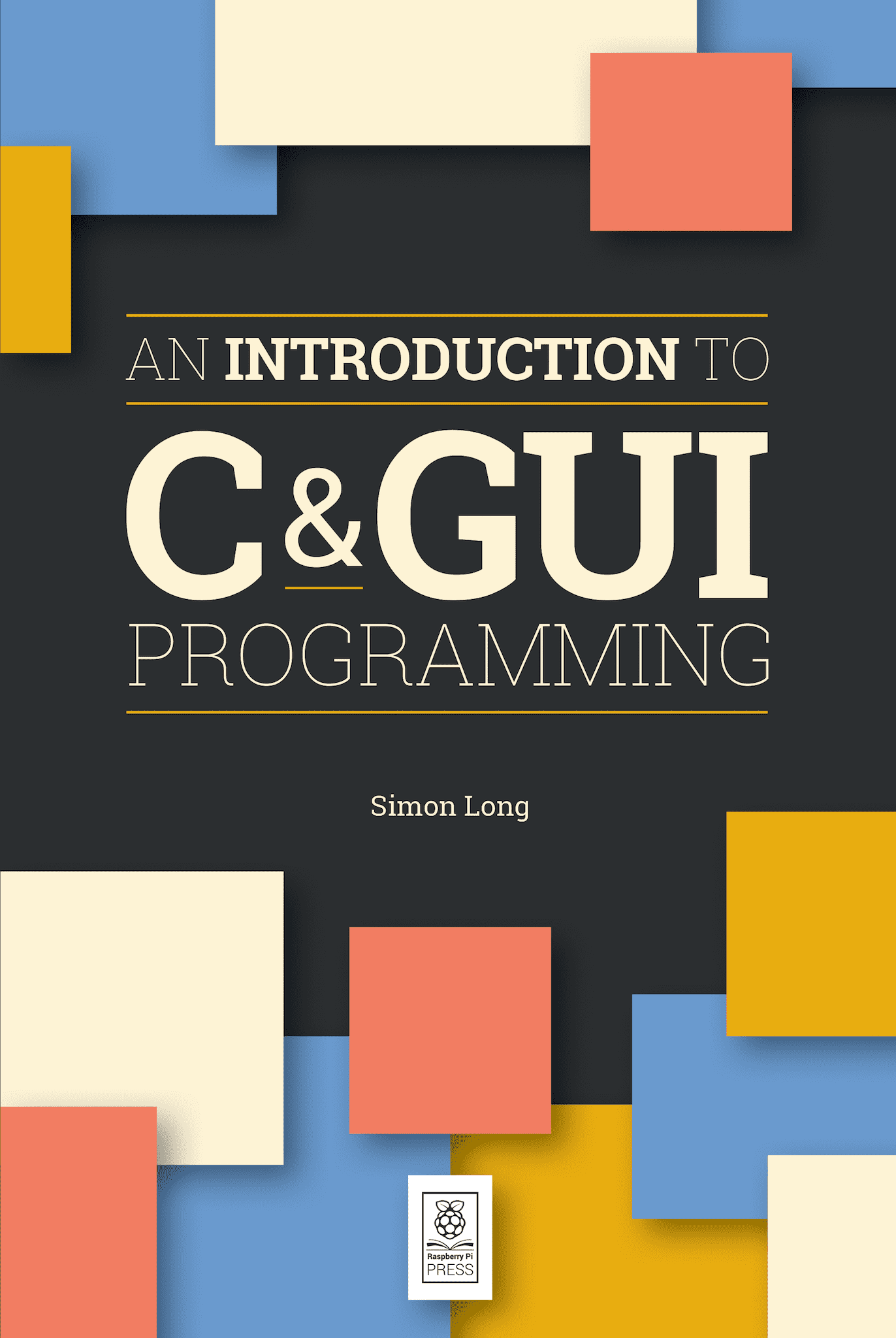Schlagwort: c
-

The best maker software by experience level
Reading Time: 6 minutesToday’s makers have access to the most advanced materials, resources, and support in history, and it’s improving all the time. The downside is that finding the right software can sometimes feel confusing and overwhelming. There are seemingly endless options, all with different attributes and advantages. In this article, we’re here to help…
-

An Introduction to C & GUI Programming – the new book from Raspberry Pi Press
Reading Time: 5 minutesThe latest book from Raspberry Pi Press, An Introduction to C & GUI Programming, is now available. Author Simon Long explains how it came to be written… Learning C I remember my first day in a ‘proper’ job very well. I’d just left university, and was delighted to have been taken on…

